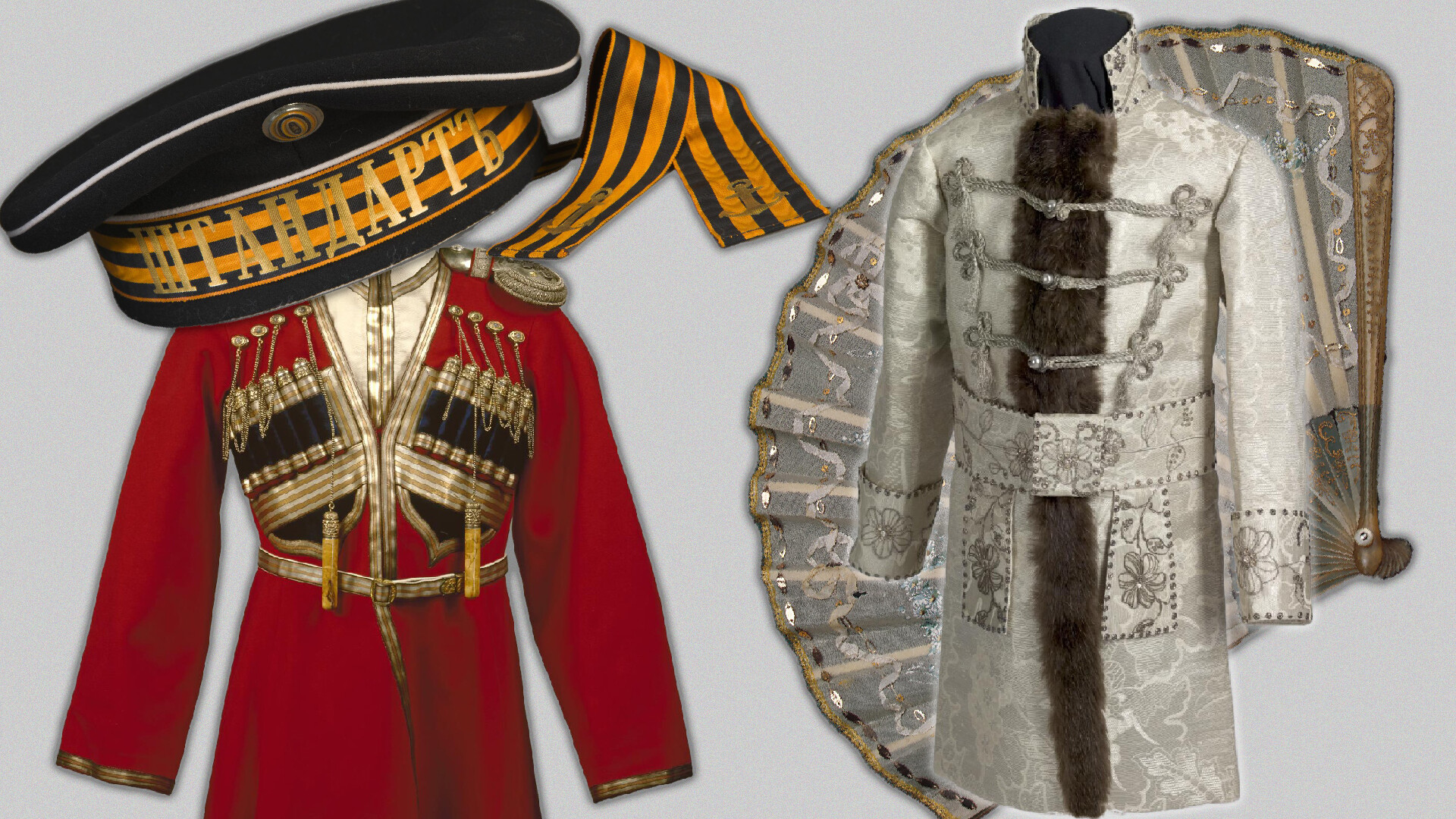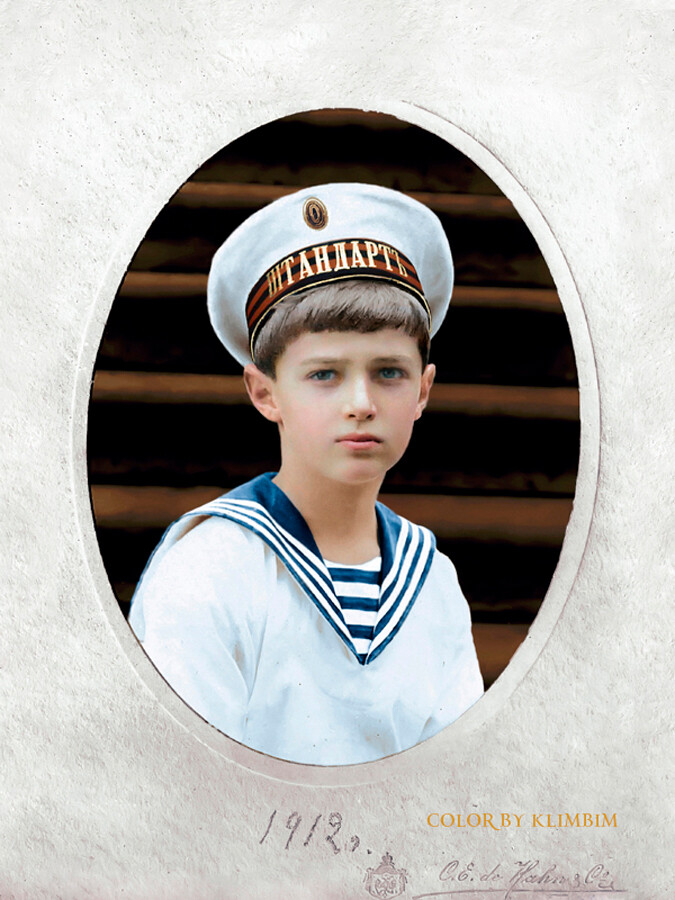
The Romanovs were considered one of the wealthiest European dynasties, but Nicholas II and Alexandra Feodorovna didn’t spoil their kids. The Grand Duchesses dressed simply, yet with taste – no one could accuse them of being obsessed with trendy outfits. The tsesarevich, meanwhile, as all men of the imperial family since their childhoods, wore the uniforms of the regiments that were subordinate to him.
The first four children of Emperor Nicholas and Empress Alexandra Feodorovna were girls. Their names were Olga, Tatiana, Maria and Anastasia, from the oldest to the youngest. Both in their childhood and in adolescence, they dressed almost in the same way. The Grand Duchesses’ childhood dresses were sewn from batiste, silk and crepe de chine, decorated with lace.
However, even little kids were obligated to follow palace etiquette, so, during celebrations, little Grand Duchesses were dressed in parade dresses from heavy brocade, decorated with braids, silk and lace. Nicholas I made the wearing of such a dress in the Russian style during official events obligatory in 1834.
Several hand fans of the Grand Duchesses survived, as well. The first one is a simple children’s fan, made from gauze with a pattern painted with gouache. The second is clearly an item from an evening wardrobe, decorated with glitter.
Alexandra Feodorovna often dressed her girls in pairs – the older Tatiana and Olga and the younger Maria and Anastasia. The first official court garments of the older sisters were the same. The dresses could be told apart only by the length of their trains and small embroidered initials of the owner on the waist. The dresses of the sisters were sewn for the 300-anniversary of House Romanov and were made in St. Petersburg.
Empress Alexandra Feodorovna was a regular of August Brisac’s tailor studio; so, with time, the now adult Grand Duchesses also got some clothing from this workshop. For Olga, an elegant dress from gauze, satin and silk, decorated with lace, was made.
For Tatiana – a gauze dress decorated with glass beads, artificial pearls and fringes.
A similar elegant “flowing” dress with pink tones was created for Maria.
Also for her, a cream coat with a fur trim and waist decoration was ordered from Brisac.
Not just girls wore clothing after each other – Alexei may well have worn the childhood clothing of one of his sisters. In the tsar’s family, little kids were dressed in the same way until they were approximately 3 years old, so the dress below belonged to the tsesarevich!
Only from three-four years old were boys dressed in men’s clothes: most often, those were kosovorotkas and sirwals tucked into boots.
Alexei had a parade uniform from his early childhood. This velvet costume with parade military uniform elements was sewn when the tsesarevich was just one year old.
Upon reaching the age of seven, boys began wearing only military uniforms, since they were enlisted into military service right after birth. Alexei was enlisted into the Lifeguard Jaeger Regiment, subordinate to the emperor himself.
Such was the tradition – the members of the imperial family could nominally head dozens of regiments. For example, Alexei was also the head of the 14th Grenadier Georgian Regiment and was on the lists of the Ural Cossack Regiment of His Majesty and His Majesty’s Own Cossack Escort and wore the corresponding uniforms.
A masquerade was a rare occasion to change the outfit for the men of the imperial family – this boyar kaftan was made for Alexei in 1910.
In many photos, the tsesarevich can be seen wearing a sailor’s blouse and a sailor cap. In the 19th century in Europe, a sailor’s blouse became a trendy variant of a children’s outfit – the children of Nicholas II also wore it.

You can learn more about the children of Nicholas II at the exhibition ‘The children of the last Russian emperor. OTMA and Alexei’, which will be displayed at the Hermitage in St. Petersburg from 19.05.2023 to 10.09.2023.
Dear readers,
Our website and social media accounts are under threat of being restricted or banned, due to the current circumstances. So, to keep up with our latest content, simply do the following:
If using any of Russia Beyond's content, partly or in full, always provide an active hyperlink to the original material.
Subscribe
to our newsletter!
Get the week's best stories straight to your inbox